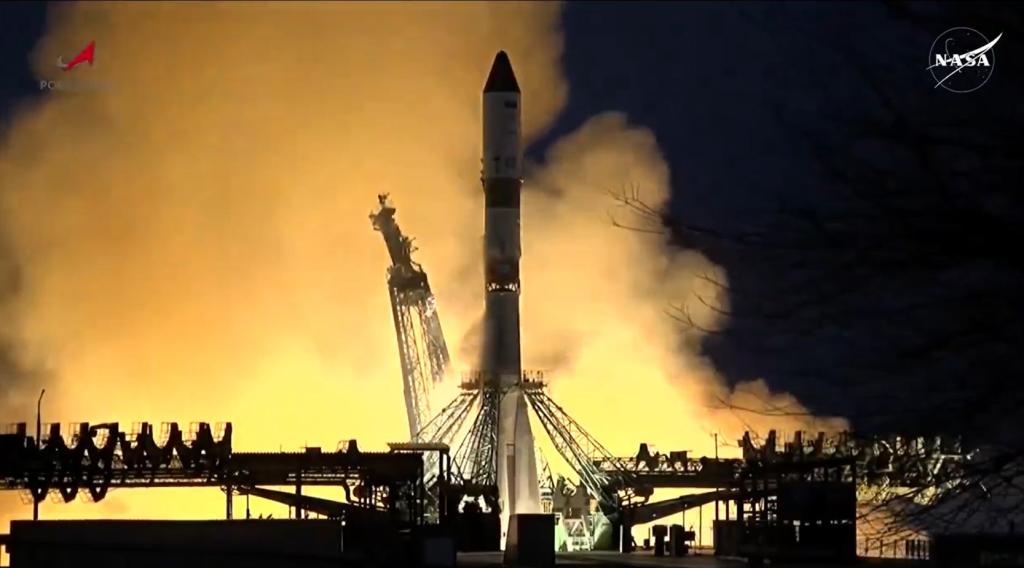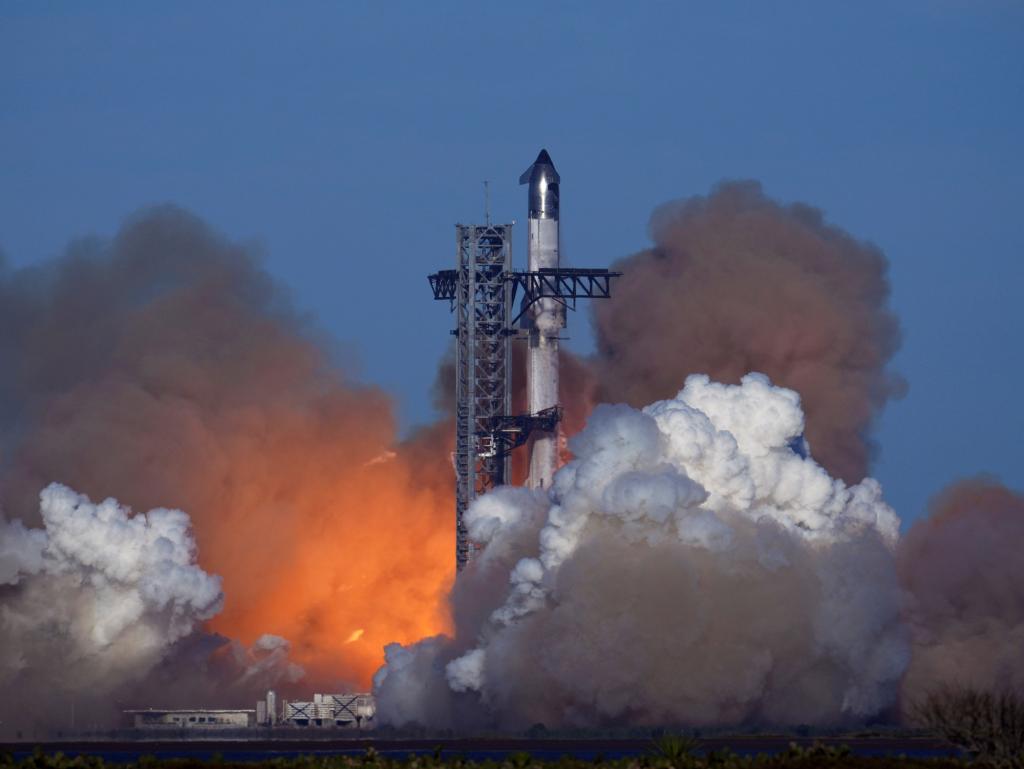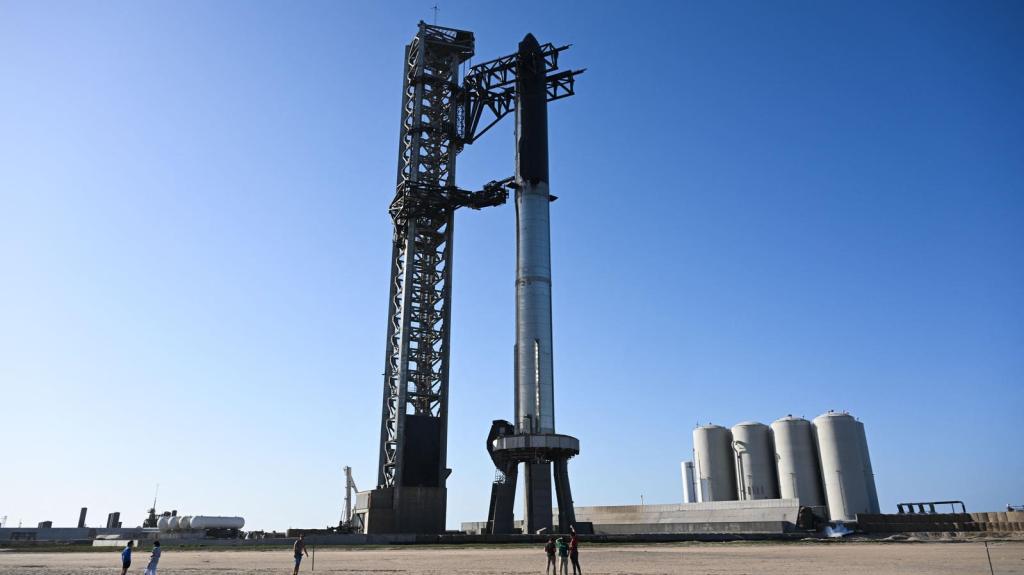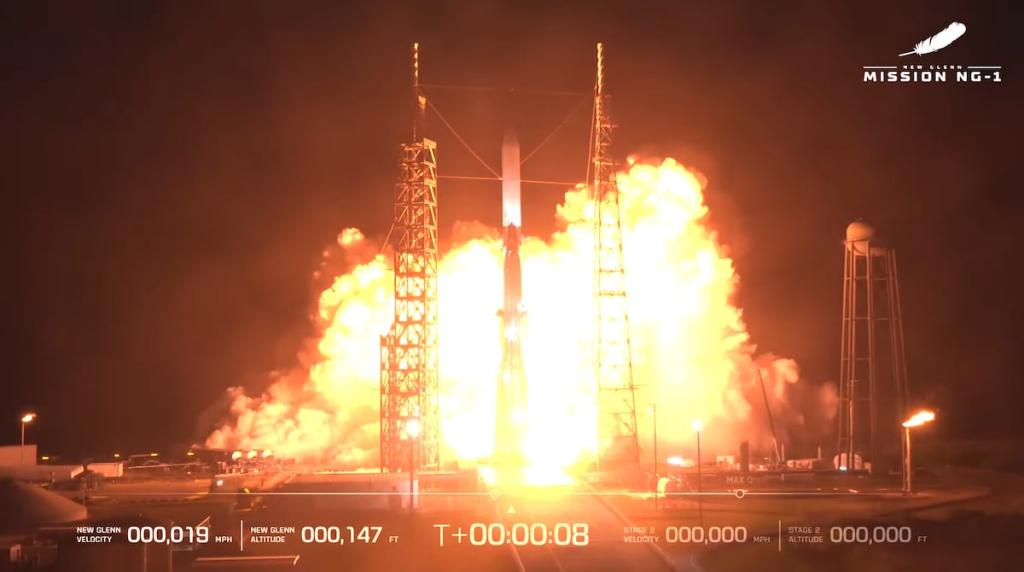Toxic Smell Shocks Crew Aboard ISS From Russian Progress MS-29
A toxic smell from the Russian Progress MS-29 spacecraft alarmed ISS crew, highlighting ongoing safety challenges in space exploration.

Key Points
- The Progress MS-29 cargo spacecraft docked at the ISS, releasing a toxic smell that prompted immediate safety measures by the crew.
- NASA confirmed that air quality remained normal, but the incident reflects ongoing technical challenges faced by Russian spacecraft.
- This event underscores the vital importance of safety and reliability in space exploration amidst geopolitical and financial pressures.
Space exploration is often heralded as a frontier of human innovation and discovery, yet it comes with its own set of challenges and surprises. Recently, a seemingly routine cargo delivery to the International Space Station (ISS) turned into a mild crisis when the Russian Progress MS-29 spacecraft docked and emitted a toxic smell that alarmed the crew onboard. This incident not only raises questions about the integrity of space engineering but also highlights the vulnerabilities faced by astronauts in the harsh environment of space.

The Incident: What Happened?
On November 23, 2024, the Progress MS-29 cargo vessel, which had launched from Kazakhstan, docked with the ISS's Russian Poisk module. When Russian cosmonauts opened the hatch, they were met with an unexpected odor described as "toxic". Almost immediately, they closed the hatch to prevent possible contamination, raising concerns of a hazardous environment, albeit temporarily.
NASA quickly reassured the public that air scrubbers and sensors onboard the ISS confirmed air quality levels to be normal, indicating that there was no immediate threat to the crew's safety. “There are no concerns for the crew”, NASA reported. Despite this validation, independent space journalist Anatoly Zak reported details suggesting that the situation was perhaps more serious than described.
Understanding the Potential Risks
The smell emanating from the Progress spacecraft prompted cosmonauts to wear protective gear and activate additional air filtration systems. While the exact cause of the smell is still unclear, this incident is part of a troubling trend of technical challenges associated with Russian spacecraft. Earlier in 2022, several leaks and failures had already posed significant risks.
NASA astronaut
also reported perceiving a smell reminiscent of "spray paint", further complicating the atmosphere on board the ISS. The situation illustrates how space carries its own unique challenges, where even the most mundane tasks—like unloading supplies—can become fraught with unexpected dangers.
The Bigger Picture: Spacecraft Reliability and Future Missions
This incident unfolds within a larger context of increasing technical difficulties faced by Russia's space agency,
. Due to various pressures, including financial constraints and geopolitical challenges, the reliability of Russian spacecraft has come into question. Such issues, including coolant leaks from previous missions, raise ongoing concerns about the future of collaborative efforts in space exploration, especially as joint missions become scarcer.
The Progress MS-29 cargo ship is now set to operate for six months at the ISS. Eventually, it will be packed with trash generated by the crew and disposed of back into Earth’s atmosphere, effectively serving a dual purpose as a cargo carrier and a waste disposal unit. This cyclical process not only maintains the ISS's operations but also reflects the intimate relationship astronauts have with every element aboard their orbiting home. Space missions are testing grounds for both human ingenuity and the technical limits of spacecraft design.
Looking Ahead: Ensuring Safety in Space
As Russian authorities work to identify the source of the odor and droplets, the importance of stringent safety protocols becomes more evident. Mistakes or oversights can have dire consequences in the vacuum of space. It’s a reminder that the wonderful aspects of space travel must coexist with meticulous attention to safety and reliability.
Despite these challenges, the determination of space agencies worldwide to work on solutions to such problems is commendable. With plans for new missions and the establishment of future space stations, the commitment to advancing human presence in orbit remains steadfast.
Events like the Progress MS-29 incident showcase not only the resilience of astronauts working in high-pressure environments but also the ongoing evolution of technology that supports those missions. While the smell may have been unpleasant, it serves as a vital reminder of the importance of precision and safety in every facet of space missions.


